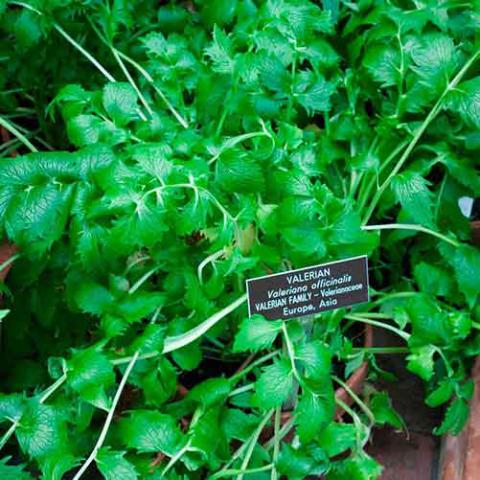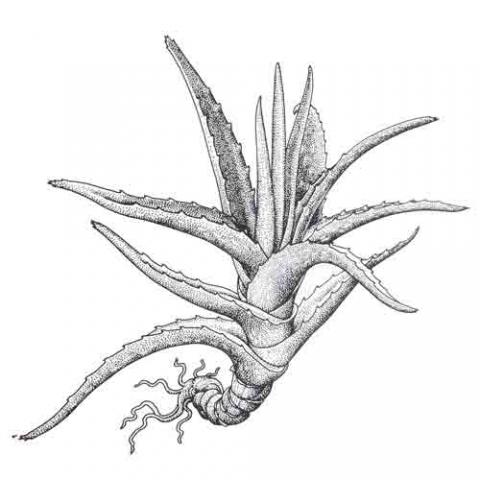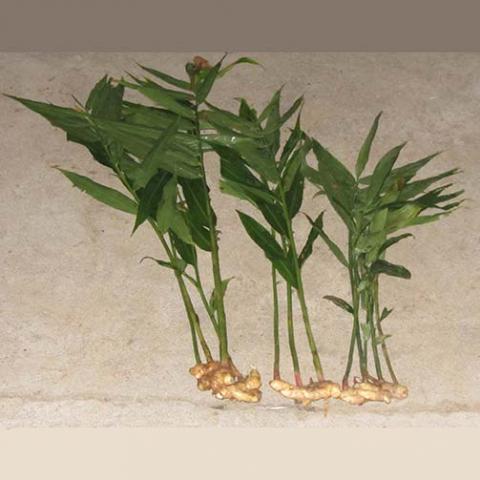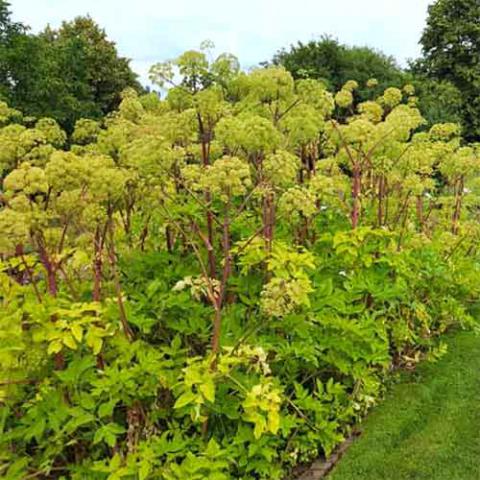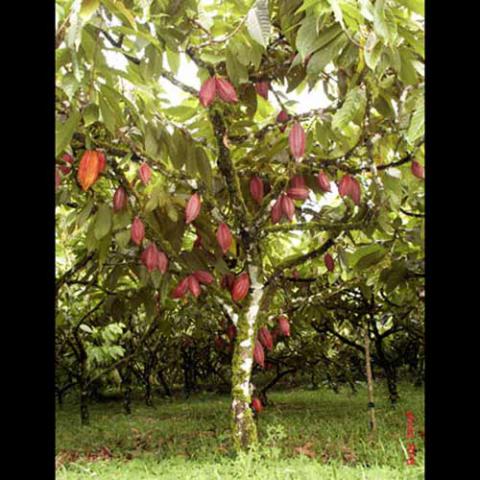Therapeutic: Bitter tonic
What is a Bitter?
The “proof” that nasty tasting medicine can be good for you!
Bitters are herbs that have a predominantly bitter taste. These remedies have an increasingly apparent that these remedies have a major role in holistic herbal treatment and especially that of preventative medicine. Because of their wide effect on the body’s physiology they help enormously in treating the body as a whole.
How Bitters Work
In most herbal bitters there is a chemical principle that is present called “The Bitter Principle”. This is often a volatile oil, an alkaloid or sesquiterpene. In each case they appear to work in a similar way by triggering a sensory response in the mouth. The sensation of bitterness is directed by the nerves to the central nervous system. From here a message goes to the gut giving rise to the digestive hormone gastrin. These leads to a whole range of ramifications, all of value to the digestive process and general bodily health.
Stimulation of appetite during convalescence
- General stimulation of the flow of digestive juices from the pancreas, duodenum and liver. This aids a great range of problems tat have their basis in inefficient or allergy distorted digestion
- Aid the liver in it’s work of detoxification and increase the flow of bile
- Regulatory effect upon the secretion by the pancreas of the hormones that regulate blood sugar, insulin & glucagon
- Help the gut wall repair damage through stimulating self-repair mechanisms
Bitters also have important Secondary Actions, including:
- Nervines – Humulus lupulus (Hops) & Gentiana lutea (Gentian)
- Anti-microbials – Hydrastis canadensis (Goldenseal) & Berberis aquifolium (Oregon Grape)
- Anti-inflammatory – Achillea millefolium (Yarrow) & Calendula off (Calendula)
- Warming – Angelica archangelica (Norwegian angelica)
- Cooling – Mentha piperita (Peppermint) & Gentiana lutea (Gentian)
Herbal Examples
- Artemesia absinthium (Wormwood)
- Gentiana lutea (Gentian)
- Achillea millefolium (Yarrow)
- Angelica archangelica (Norwegian angelica)
- Berberis vulgaris (Barberry)
- Hydrastis canadensis (Goldenseal)
- Matricaria recutita (Chamomile)
- Taraxacum off. (Dandelion)
Adapted from David Hoffman’s ‘The Herbal Handbook: A User’s Guide to Medical Herbalism” & “Medical Herbalism”
Reference:“The Naturopathic Herbalist”

